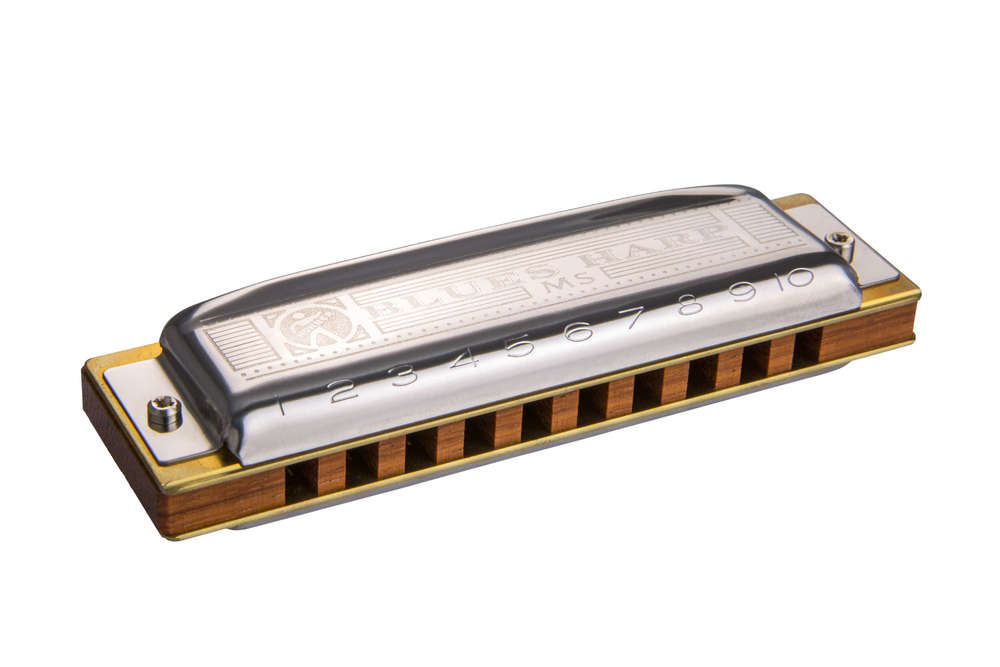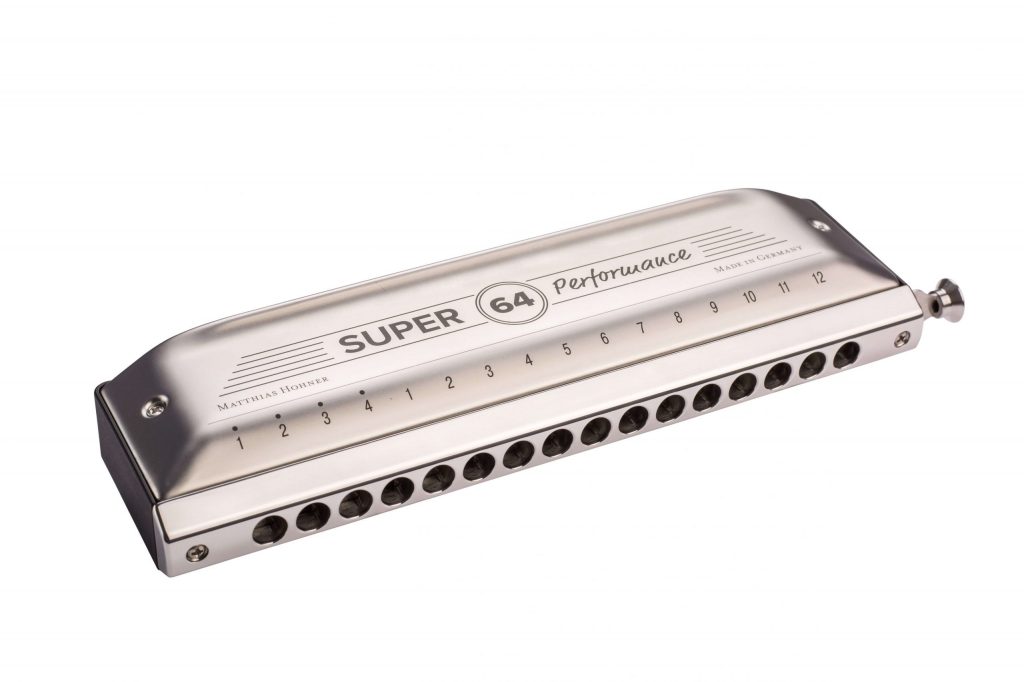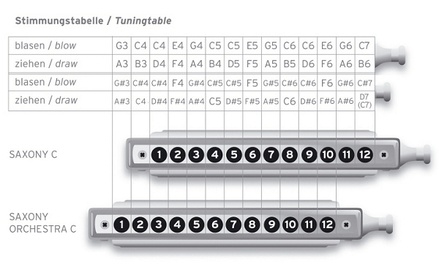Harmonica amplifiers – How to choose correctly for yourself?
Harmonica amplifiers – Are you thinking about buying a harmonica amplifier but you don’t know which to choose? Uncertain about the kind of sound you want to get or you feel you’ll want to understand more? Which amplifier is the best for the harmonica sound? If your brain will be brimming with such questions then this short article is just what the physician ordered.
Once you have read the article you must have got clear ideas about how to go on; non-etheless, I’ll introduce you to some amplifier models today and will discuss their salient features or benefits and drawbacks with you one at a time. Follow the instructions in next paragraphs carefully and I am sure that from now onwards, you can purchase your generic amplification system or your unique device with utter confidence you have made the best option according to your preferences.
Harmonica amplifiers – How to choose correctly for yourself?
[toc]
Let’s start by analyzing various categories of amplifiers that people find in market and which may be useful for the blues harp:
Guitar amplifiers or battery-operated generic amps.
Solid state guitar amplifiers and modeling devices.
Tube amplifiers for guitars.
Amplified speakers (also called active ones) for more pure sound.
On the basis of our needs we can choose among alternative categories and select the best for the harmonica. Let’s see these categories at length:
Guitar amplifiers or battery-powered generic amps
These amplifiers are small and have power ranging from 0.1 to 5 watts. They’re capable of operating with a power supply or even with common batteries; their capacity can reach up to 10 hours of work if powered by batteries. Sometimes they’re equipped with sound effects and rhythm reproduction. These amplifiers often possess computer connections and sometimes allow an additional microphone connection (e.g for voice).The unit are much appreciated by ones looking for something portable especially those who want to play on the street (busking) or for those who want to keep somewhat small yet powerful enough system internal to create wave in neighbourhood.
If you opt for a modeling amplifier, it will be possible to reproduce both pure harmonica sound and ‘Chicago’ which means we’ve everything we have to play independently. Given the choice of these types of equipments, one interesting fact shouldn’t be underestimated that they usually supply the option to connect to a mixer or other amplifiers, which gives us an opportunity to expand the sound power without compromising the kind of the audio we like. Now it might seem ,”Then I’ll have a little thing like this one, and something day I’ll link it to a bigger to obtain additional volume?” Yes, you have it right!
Now let’s look at two models of portable solid state modeling of an excellent quality: Vox Mini 5 and Roland Micro Cube. They are amplifiers with price ranging from $120 to $150 whereas the characteristics they exhibit are very similar.
The Vox provides an extra input for a vocal microphone, and is therefore more suitable if you would like someone to sing along when you play the harmonica (or guitar). This low impedance input enables you to have a clean instrument sound.
Both models have an input for external sound sources such as mp3 players or smart phones and the headphone output. This one can also be used to connect an additional amplification system or a computer.The two amplifiers provide effect such as for example delay and reverb whereas the modeling circuit allows us to choose emulation of various kinds of amplifiers. By changing the emulation configuration and adjusting the gain, the tone and volume controls, we are able to achieve the desired sound, including the ‘Chicago style’ one. The size of speaker included for VOX is 6.5″ and for Micro Cubecome it’s 5″.The energy of these devices is 5 watts max for the VOX and 2 watts for the Roland.
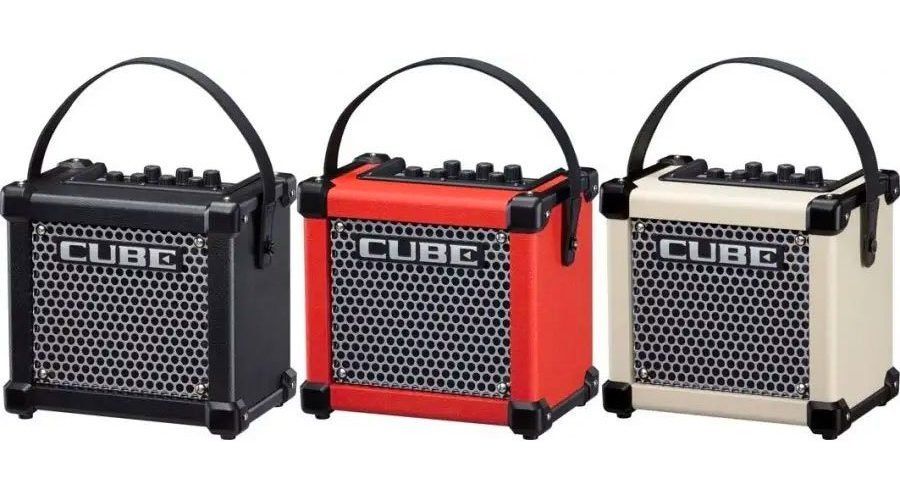
Solid-state guitar amplifiers and modeling
Larger devices with powers which range from 10 watts up to few hundred watts have to be connected to the electric supwardply. Because they are a composite of integrated circuits hence the title ‘solid condition type’.
In this specific article I’ll not dig into the merits of diatribe ‘valve against transistor’ because internet has already been full of that and you could find all forms of opinions online. From my perspective, you may get a good sound from tube amplifiers and also from incorporated circuit amplifiers, nevertheless, you must remember that valve amplifiers often usually do not provide digital modules with effects, auxiliary connections etc.
Let’s go back to the category of amplifiers we were talking about: alongside portable amplifiers, comes a circuitry that amplifies the sound of the bullet microphone so, for models that emulate different devices it is possible to choose the type of emulated amplifier and still manage to get effects. Even these amplifiers often allow us to connect inputs and auxiliary outputs, plus some also provide the option to attach output to an extra speaker.
Most advanced models in this category may also be connected to the computer via USB cable and managed in a variety of configurations through custom software. Now, we look at two solid state amplifier models being among the most popular ones on the market: The Fender Champion 100 and the Orange Crush 35 RT, both cost around $250.
The Fender Champion 100 has enough power to be used on small and medium-sized venues, and is equipped with an emulation module and different effects. It has two 12-inch speakers, different connections for external effects, an auxiliary input for sound sources like mp3 or smart phones, and the headphones output that may also be connected to another sound system like a mixer or a computer. This is really a perfect amplifier that provides many possibilities.
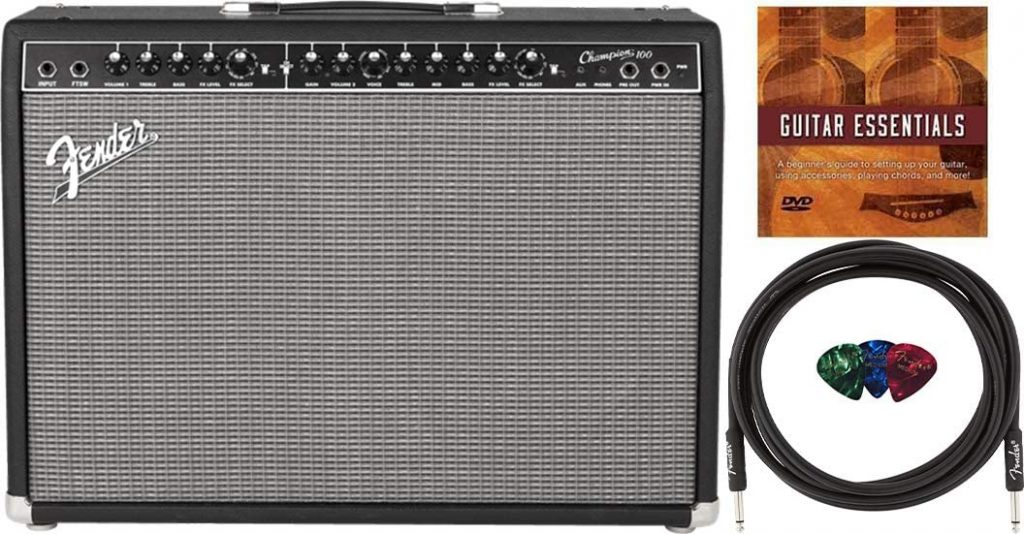
The Orange Crush 35 RT is one most important amplifier that doesn’t emulate other models, but still offers the reverb effect, an auxiliary input for external sound sources and a headphones output which can also be utilized as a line output to get attached to a computer, a mixer and so forth. The 35 RT has a chromatic tuner and connections for external effects. It includes 35 watts power which is sufficient even though you play in a mid-sized room. The supplied speaker size will be 10 inches.
You can also find a 20 watt model of this brightly colored amplifier here.

Valve Guitar Amplifiers
These are the favourite ones for vintage lovers, renowned for good old tubes and known as supporters of warm sound. In fact the valves are usually fragile and warm-up easily but without a shadow of doubt, all the musicians, at some time fall for the charm of such sort of electrical circuit.
The first thing I wish to explain is that, there are no portable tube amplifiers because they require a whole lot of electric supply. The energy delivered by such amplifiers ranges from 5 watts to many hundred watts and their prices start from $150.
One point that should be taken into consideration is that the power output from the unit cannot be compared to that of solid state amplifiers; usually several watts on a tube amp would produce same volume as greater number of watts on a strong state device would do. Because of this you will discover in the market many tube amplifiers with a power ranging significantly less than 20 watts on average.
Often the unit have no auxiliary inputs or outputs, and so are designed to operate in a standalone configuration. Only in more costly models you could find connections for external effects, and output line connections to other audio systems.
Below I am going to introduce you to two models called VHT 6 Special Ultra and Fender Blues Junior IV. The first is no more available in the market nevertheless, you can still find an used instrument for $200, the next costs about $600.
VHT 6 Special Ultra is really a low-power unit that delivers 6 watts but has earned lots of appreciation from both guitarists and harmonica players. Built with 3 tubes, this amplifier, in addition to the standard controls has some inclusional controls to improve the sound at will. VHT includes a headphone output line which you can use for connecting it to external audio systems and also additional speaker results. The supplied speaker size is 12 inches.
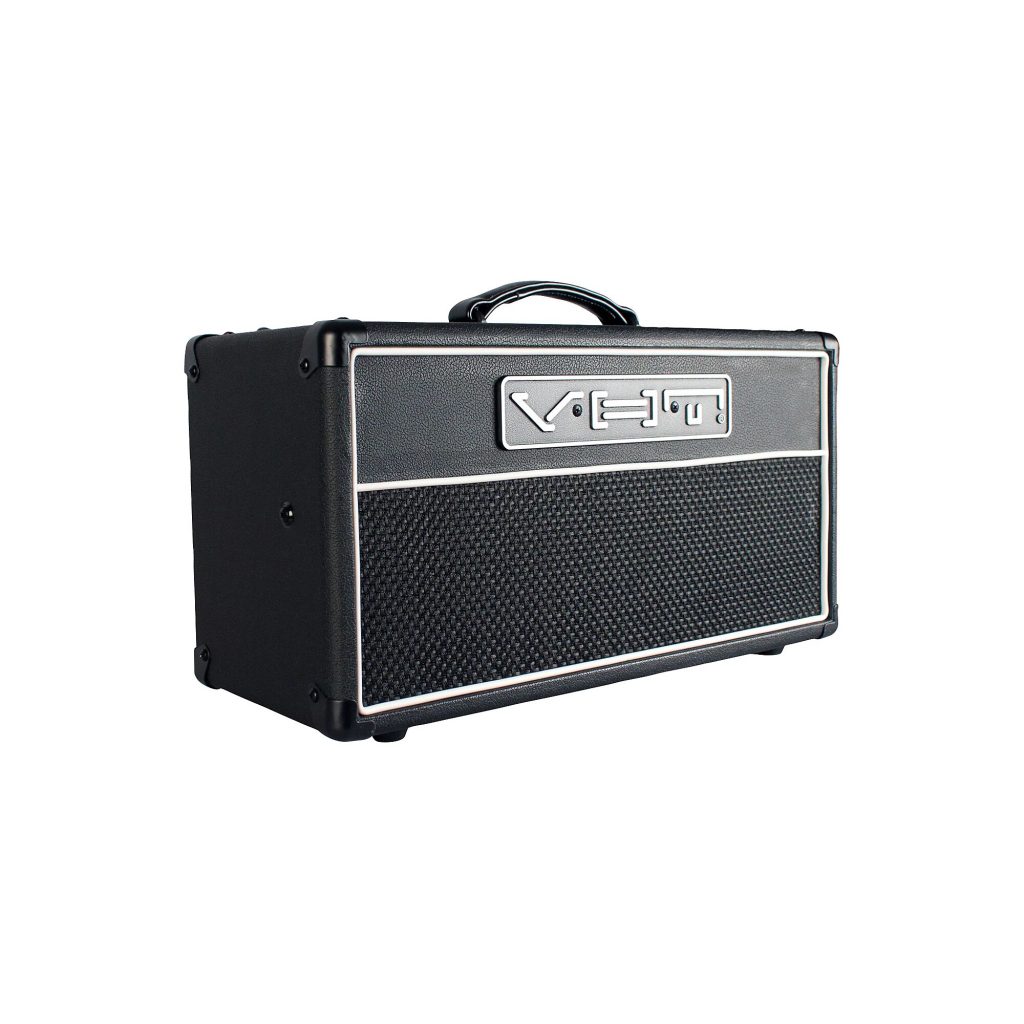
The Fender Blues Junior IV is really a tube amplifier equipped with 3 valves and is with the capacity of delivering 15 watt power. It has a 12-inch speaker and reverberation effect. It does not have any connections for audio inputs or auxiliary outputs.
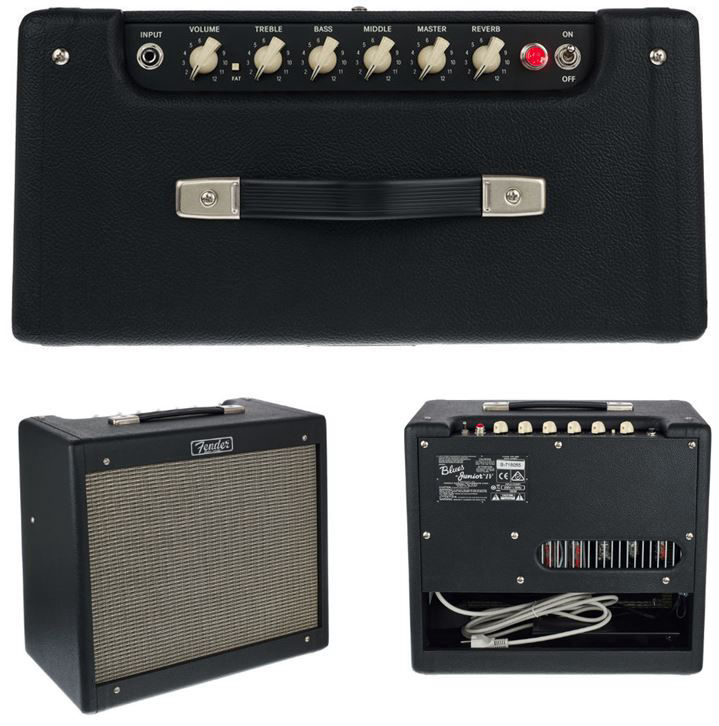
All the devices I’ve shown you are suitable to produce Chicago suond, and are used with high impedance microphones such as for example bullet type, like the famous shure 520DX. The VOX mini instead, has a low-impedance microphone input for voice or even more clean harmonica sound.
The last category of amplifiers I am going to present to you’re the generic amplified loudspeakers, also called active speakers (or amplified): this is actually the sort of amplification I use when I play around in not-so-big situations.
You can just make use of a voice microphone and connect it to an amplified active speaker which acts well being an amplifier without changing the harmonica sound. These speakers are available with power ratings ranging from a few watts up to several hundred watts, on the market we furthermore find models that focus on battery.
The speaker that I use includes a power of 40 watts and an autonomy that reaches 10 hours with rechargeable battery given it. There are active speaker models that have effects, equalizations, inputs for multiple microphones, usb connections and much more, only the most advanced models have bluetooth and wireless connections to also take advantage of wireless microphones. Lastly I wish to introuduce you to the Beheringer MPA40BT-PRO, a 40-watt unit built with an 8″ woofer and a 1″ tweeter.
The sound reproduction is good and the volume more than sufficient for small locations. Thwill be speaker has two inputs to which it is possible to connect microphones or instruments, auxiliary inputs for other external sources, bluetooth and usb socket for connecting wireless microphones (around 2). This amplifier can cost you $150.
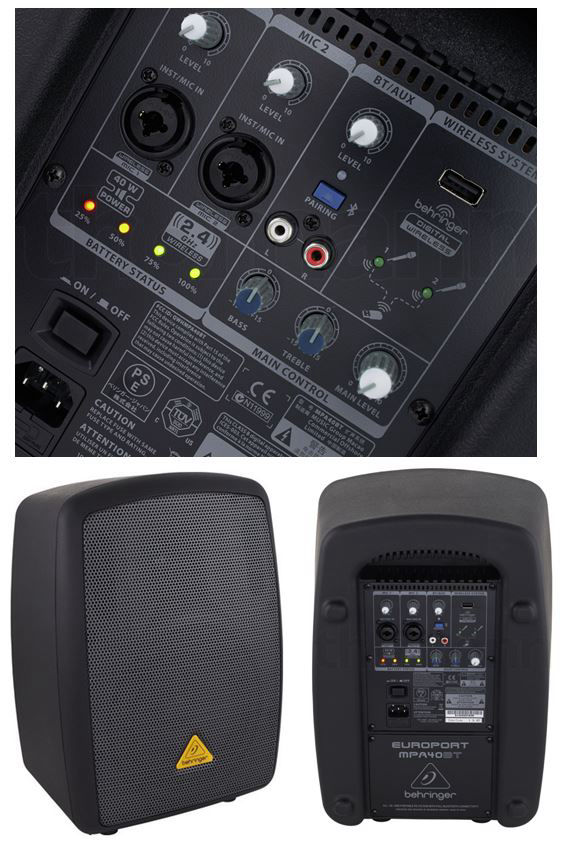
If you are curious to know, let me tell you that the wireless microphone set for the active speaker Behringer MPA40BT-PRO consists of an USB adhere to be connected on the trunk side and two battery-powered microphones which have about l0 hours of autonomy.
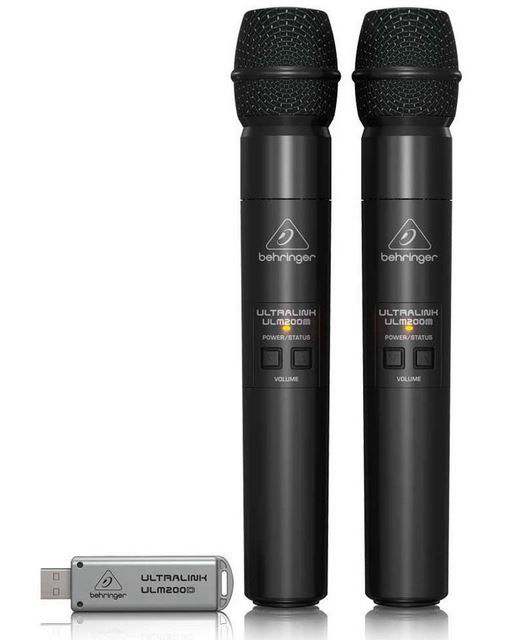
This concludes our review of harmonica amps. As you can see, there are different types on the market, designed to meet not merely the usage requirements but budget also .See you within the next article.
